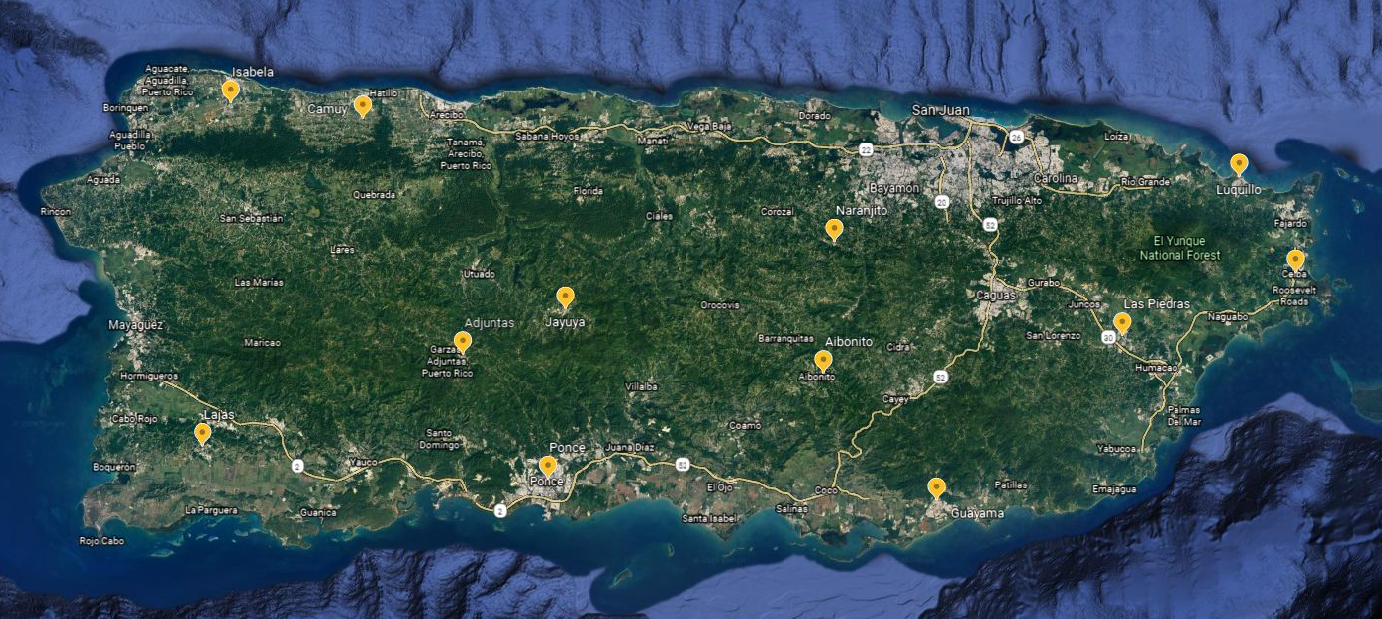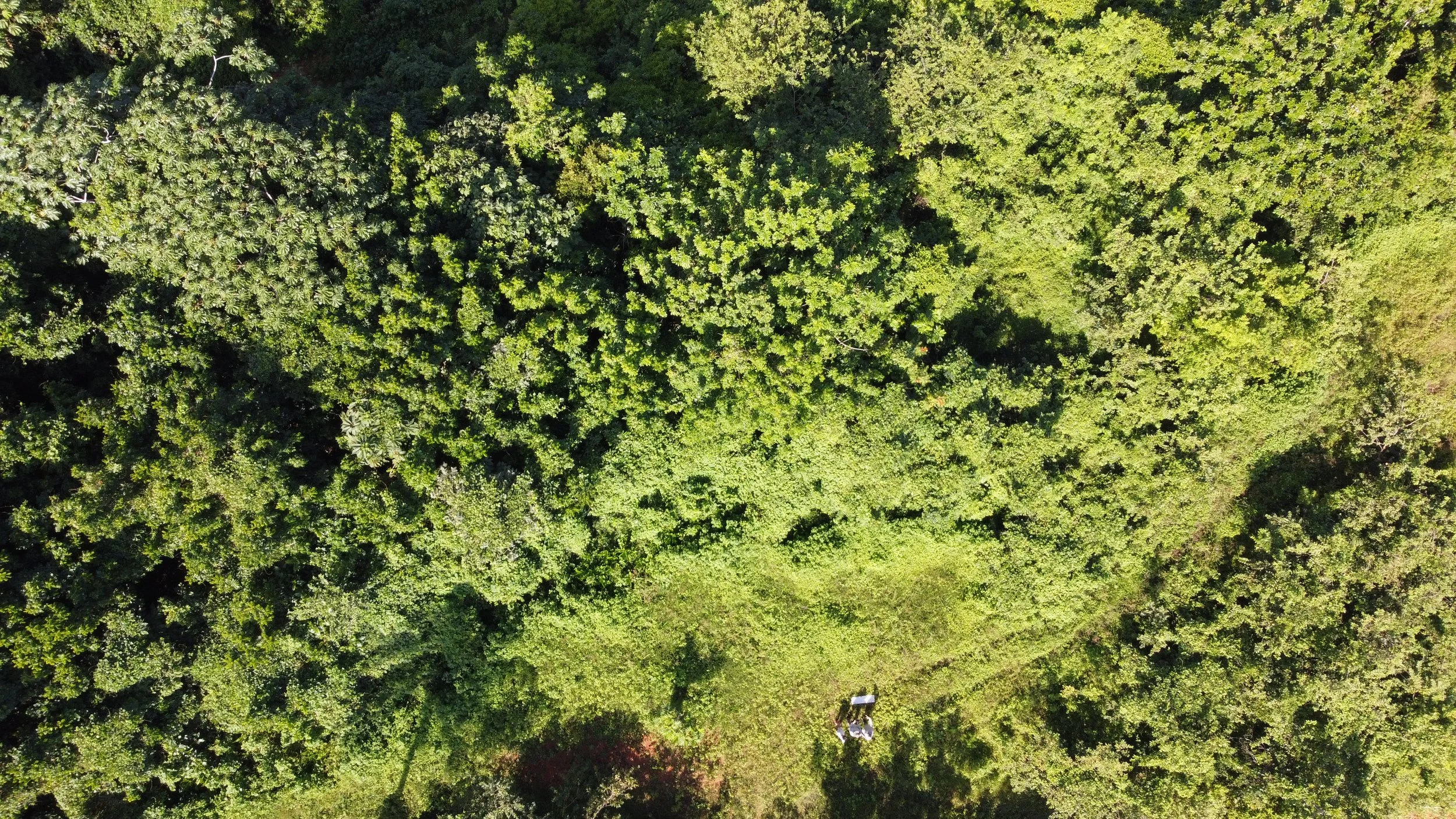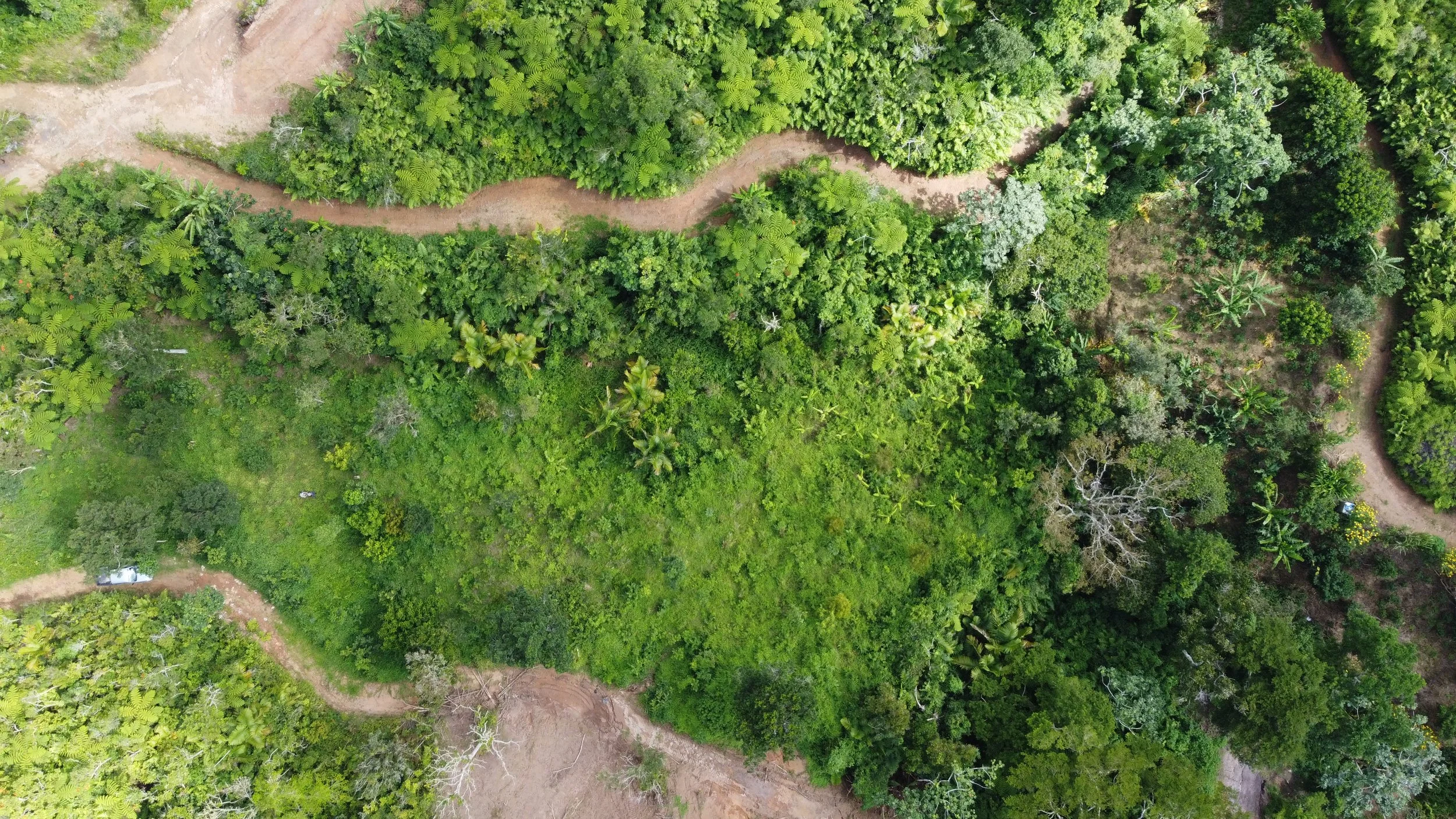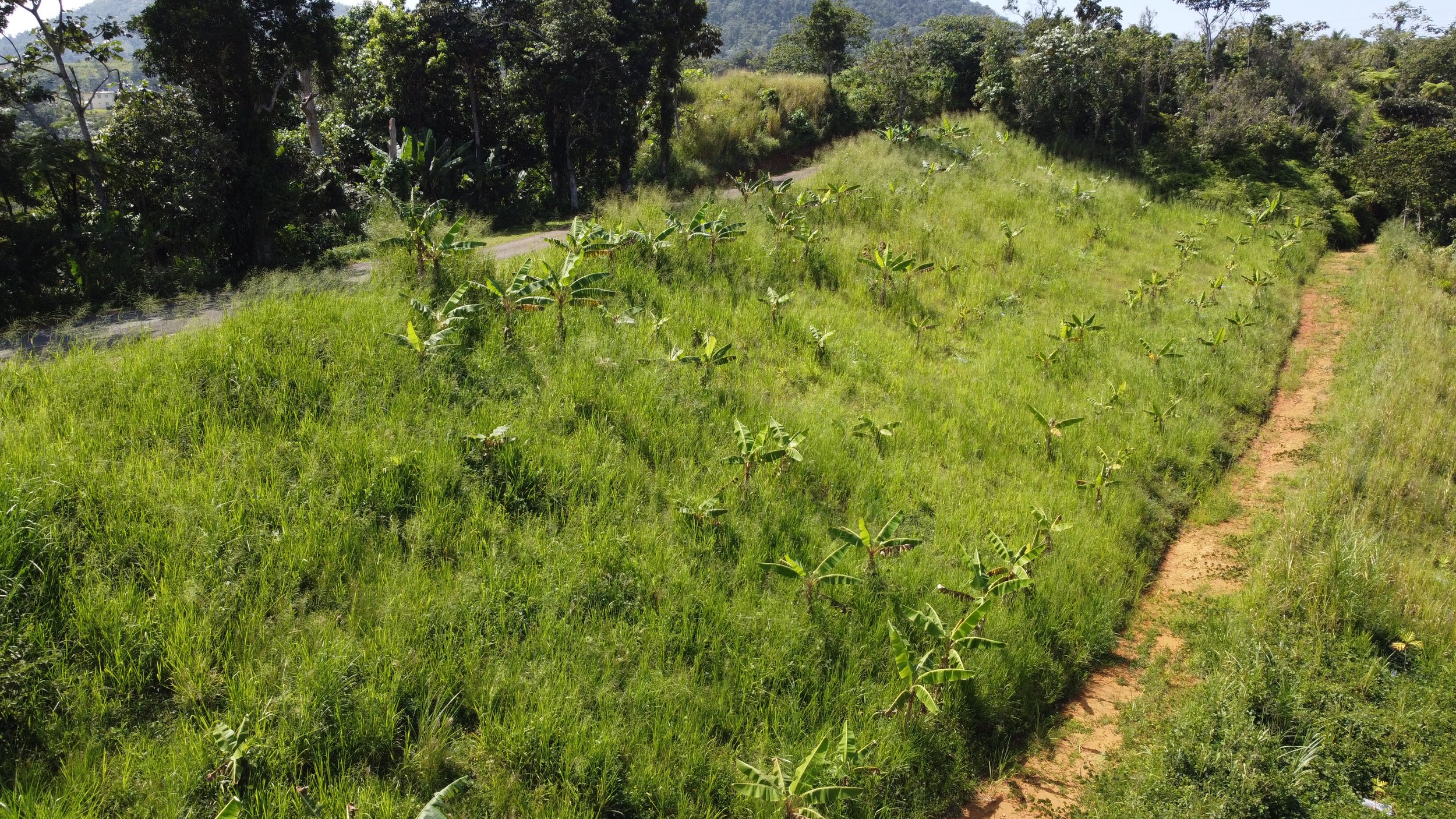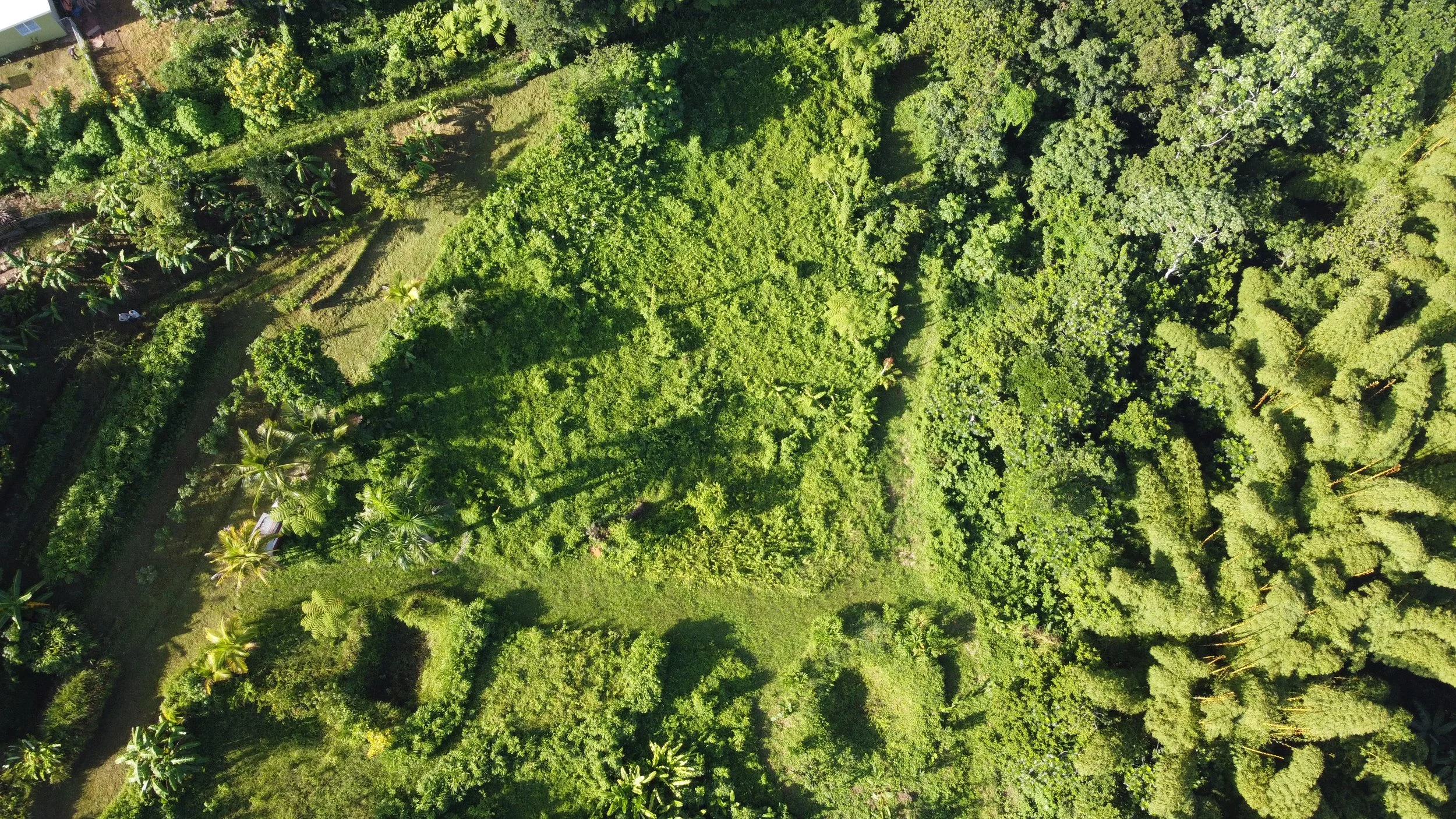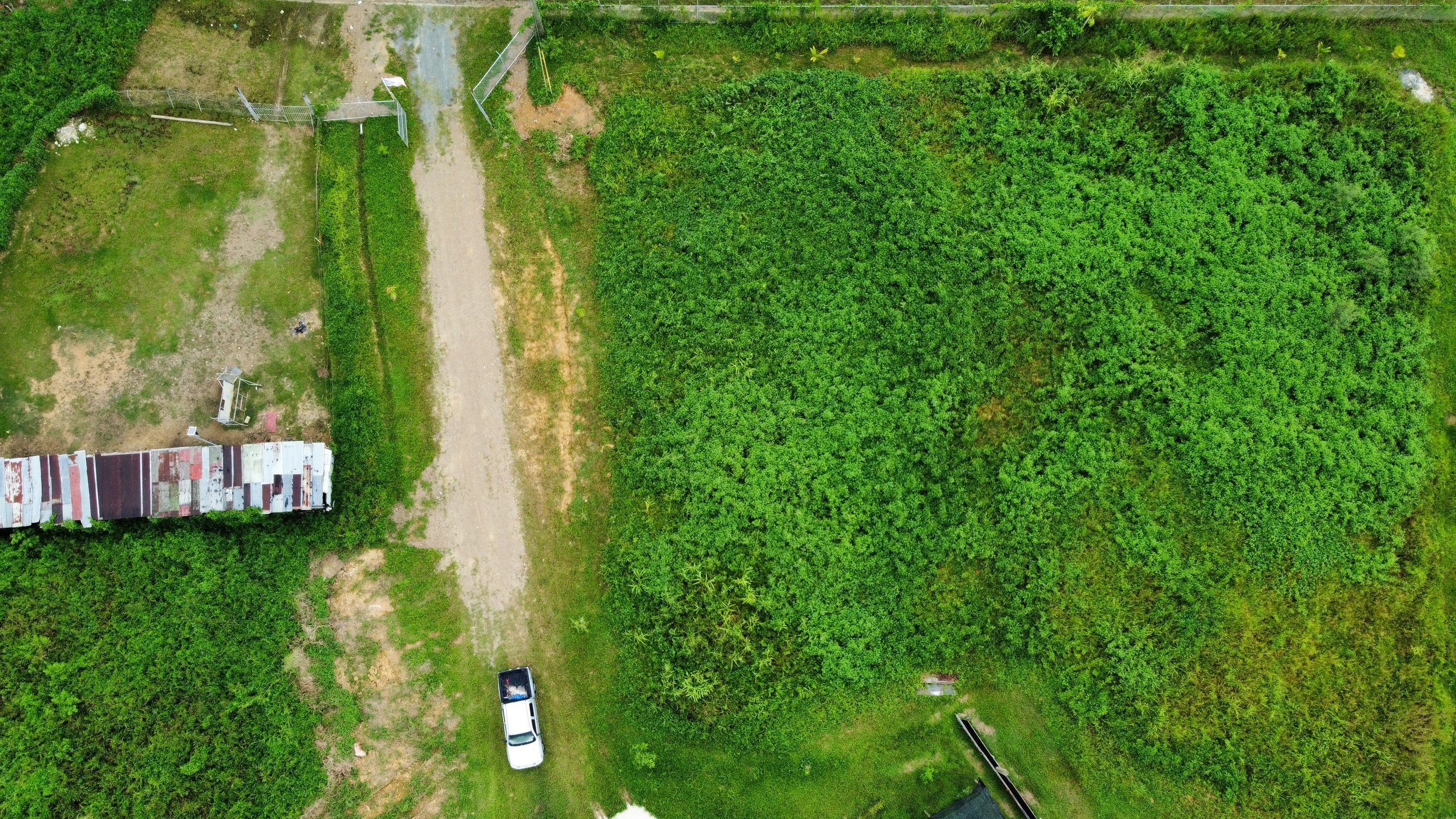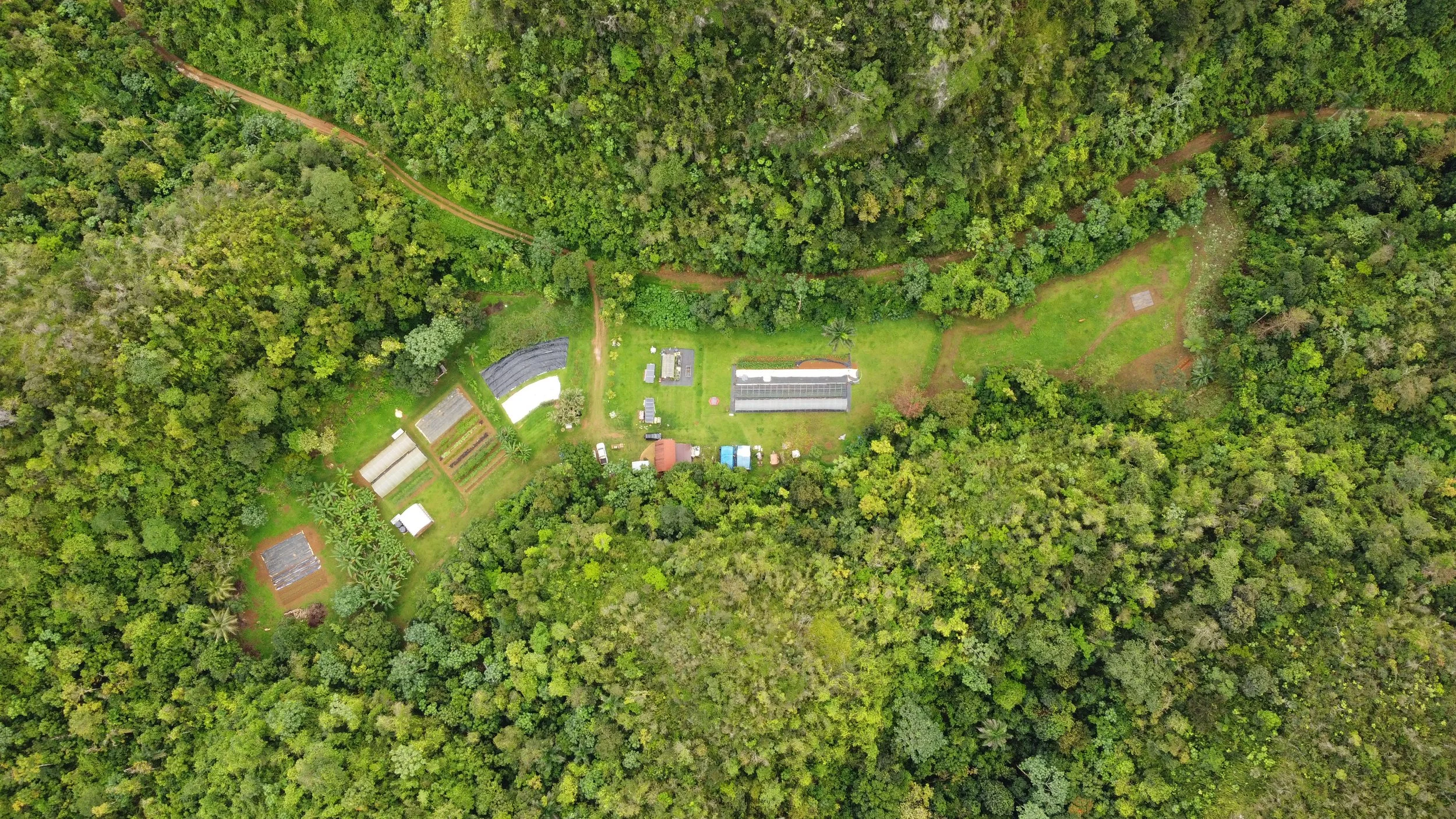

Social Impacts
These practices rapidly build soil organic matter and biodiversity, increase and diversify farm income, and improve ease of management by increasing the efficiency of water and fertilizer use.
Agroecological Practices Support Health & Production Value
Resilience Hubs: Increased Resilience of Food Systems
Implementation of these integrated resilient agriculture practices supports fully local food production. This improves independent food security, circular economies, and decreases reliance on imported food.

Agroforestry is an ancient approach to farming combined with scientific practices, largely focused on the best application of design working in harmony with native cover crops.
Managing the forest with agroforestry techniques.

Multi-story cropping practice to diversify growth.
Where soils are heavily eroded & impacted, locally specific cover crop planting design helps these soils recover. Adding organic matter & fish hydrolysate further supports soil health.

Previously machine cleared soil has critical topsoil missing. Grasses can thrive while breadfruit trees struggle. Reviving this area permits breadfruit to thrive.
Clearing overgrowth and restoring soils.

Cover crop layout & design needs to be well-suited to specific landscapes. Building raised beds, planting orchards, & intercropping quickly cycling produce is restoring balance.
Managing crop cover layout.

Landscapes can recovering from even uses such as informal landfill. With sufficient restoration it can be used as farmland. Managing water flow through drainage and strategic retention will helps this land recover.


